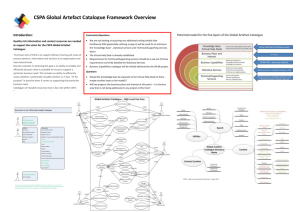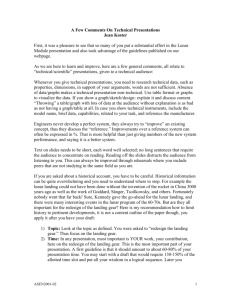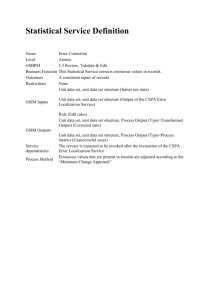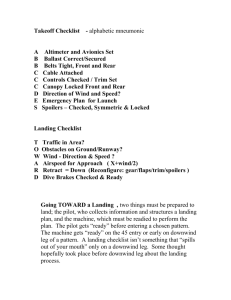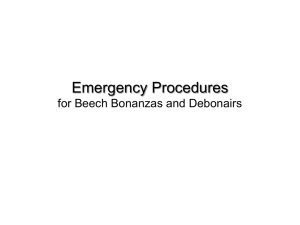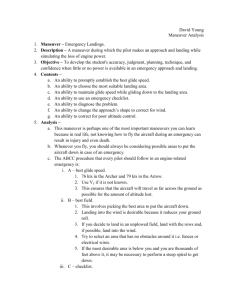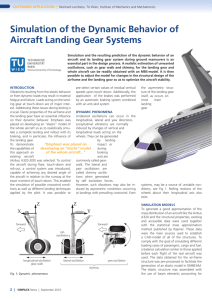Big/New Drop Zone Checklist
advertisement
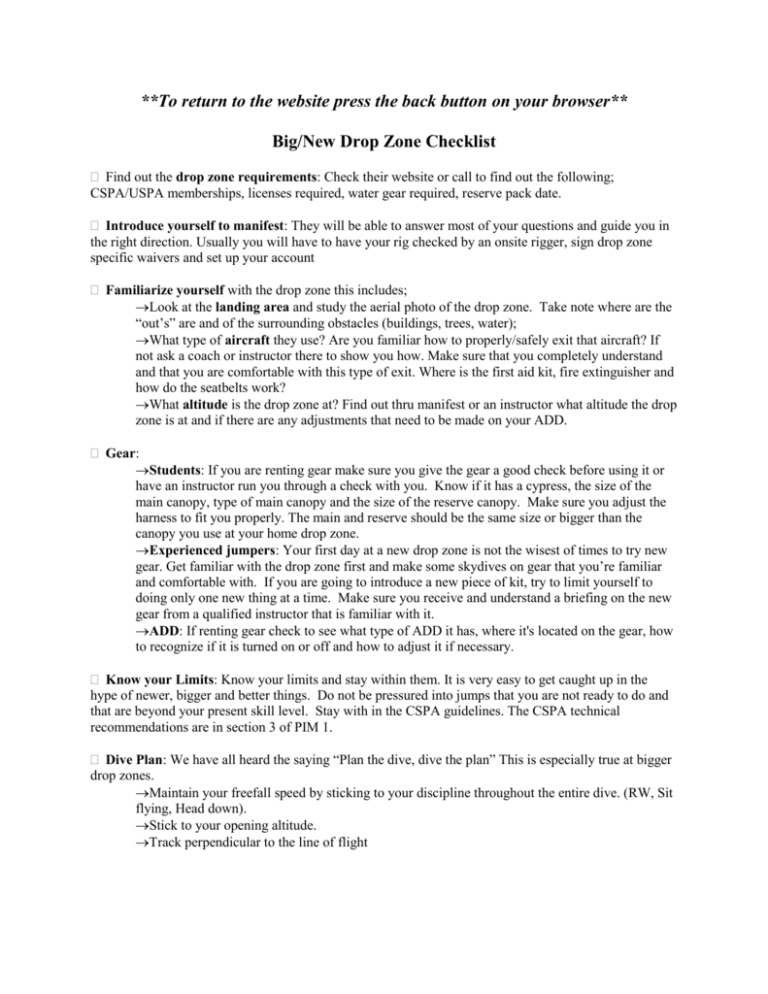
**To return to the website press the back button on your browser** Big/New Drop Zone Checklist Find out the drop zone requirements: Check their website or call to find out the following; CSPA/USPA memberships, licenses required, water gear required, reserve pack date. Introduce yourself to manifest: They will be able to answer most of your questions and guide you in the right direction. Usually you will have to have your rig checked by an onsite rigger, sign drop zone specific waivers and set up your account Familiarize yourself with the drop zone this includes; Look at the landing area and study the aerial photo of the drop zone. Take note where are the “out’s” are and of the surrounding obstacles (buildings, trees, water); What type of aircraft they use? Are you familiar how to properly/safely exit that aircraft? If not ask a coach or instructor there to show you how. Make sure that you completely understand and that you are comfortable with this type of exit. Where is the first aid kit, fire extinguisher and how do the seatbelts work? What altitude is the drop zone at? Find out thru manifest or an instructor what altitude the drop zone is at and if there are any adjustments that need to be made on your ADD. Gear: Students: If you are renting gear make sure you give the gear a good check before using it or have an instructor run you through a check with you. Know if it has a cypress, the size of the main canopy, type of main canopy and the size of the reserve canopy. Make sure you adjust the harness to fit you properly. The main and reserve should be the same size or bigger than the canopy you use at your home drop zone. Experienced jumpers: Your first day at a new drop zone is not the wisest of times to try new gear. Get familiar with the drop zone first and make some skydives on gear that you’re familiar and comfortable with. If you are going to introduce a new piece of kit, try to limit yourself to doing only one new thing at a time. Make sure you receive and understand a briefing on the new gear from a qualified instructor that is familiar with it. ADD: If renting gear check to see what type of ADD it has, where it's located on the gear, how to recognize if it is turned on or off and how to adjust it if necessary. Know your Limits: Know your limits and stay within them. It is very easy to get caught up in the hype of newer, bigger and better things. Do not be pressured into jumps that you are not ready to do and that are beyond your present skill level. Stay with in the CSPA guidelines. The CSPA technical recommendations are in section 3 of PIM 1. Dive Plan: We have all heard the saying “Plan the dive, dive the plan” This is especially true at bigger drop zones. Maintain your freefall speed by sticking to your discipline throughout the entire dive. (RW, Sit flying, Head down). Stick to your opening altitude. Track perpendicular to the line of flight Exit order: some drop zones have different views about the proper exit sequence for skydivers. In accordance with CSPA PIM 2B, the exit sequence should resemble the following (going from first to exit to last): Freestyle Skysurfing RW (Largest to smallest. Largest formations being first) SitFlying (Largest to smallest. Largest formations being first) Headdown (Largest to smallest. Largest formations being first) Solo Students Tandems CRW Landing pattern: Know the landing pattern BEFORE you get on the aircraft. Different drop zones have different rules for various reasons. Knowing the landing pattern ensures your safety as well as the safety of others. Determine if it is a left or right hand pattern or if it is always on the obstacle free side of the dz. If the landing pattern brings you over the aircraft runway, know the minimum altitude that you are allow to pass over the runway (also know what “out” you can take if you can’t make it over the runway to the landing area). Are there swoopers at this drop zone? Where do they land and what portion of the landing area do they usually crossover? Be aware of swoopers at big drop zones and DO NOT follow their landing pattern as it may put you down wind. Ultimately follow the lowest jumper. Otherwise you will cause confusion, congestion and a dangerous situation. If following the lowest jumper puts you downwind, in a dangerous area or in a situation that you can not handle; get completely out of the landing pattern and choose one of the “outs” that you previously selected making sure that you can land safely. Recommended reading: CSPA PIM 2B Section 5.10 – 5.14 RW Landing Approach, S turns, Sashay, Parallel Flight and Group Pattern Approach. CSPA PIM 2A Section 5.16.2 Ram Air Canopies. CSPA PIM 2A Section 5.16.4 Unsual Canopy and Ground Situations

